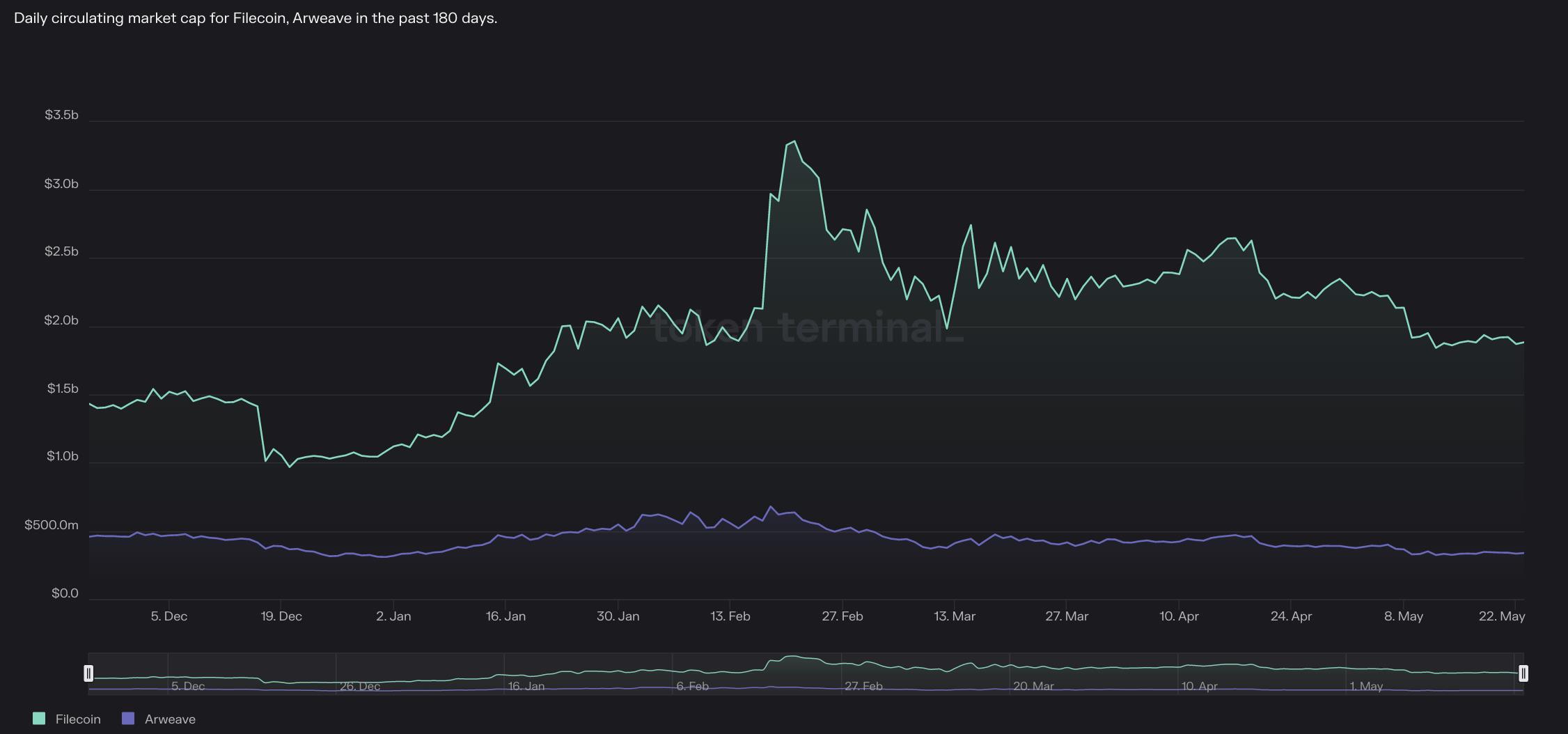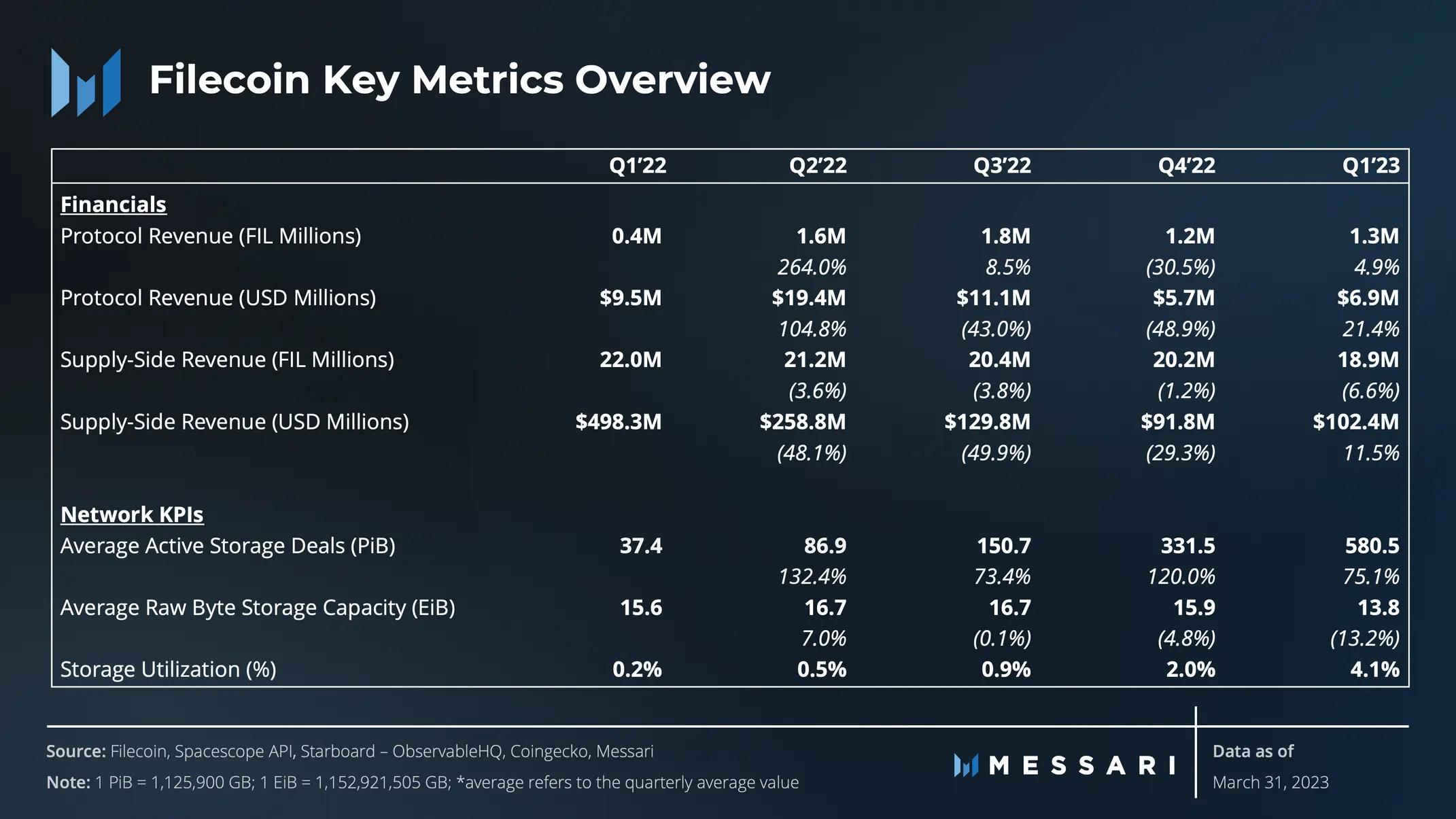Bing Ventures: Exploring Data Availability in Decentralized Storage
Written by Kyle Liu, Investment Manager at Bing Ventures
The data availability solution of the decentralized storage network can be implemented in many ways, such as sharding the data and storing it on different nodes, or connecting more storage miners to improve the data availability.SafetyThese solutions are all aimed at ensuring the availability of data in decentralized storage networks. At present, the data availability solutions of Filecoin and Arweave have their own characteristics, and more innovative solutions may emerge in the future.
The significance of data availability
Data availability is very important for decentralized storage networks.SafetyThe stability and reliability of the storage nodes depend on the stability of the storage nodes. If the data is unavailable, the entire network will be affected, and may even lead to permanent data loss. Therefore, data availability is one of the core elements to ensure the decentralized storage network.
Filecoin and ArweXiaobai NavigationThe two projects, Filecoin and Arweave, have adopted different solutions to ensure data availability. Filecoin relies on incentives and intermediary roles to achieve storage redundancy and data retrieval, while providing an economic mechanism for storage financialization. Arweave, on the other hand, naturally achieves storage redundancy and improves data retrieval and access speed through protocol design and the SPoRA (Succinct Proof of Random Access) consensus mechanism.

Evaluation Metrics for Data Availability
Filecoin's data availability solution is mainly based on IPFS technology. This solution can verify that storage miners do own and store all the data of the file. Filecoin's data availability solution can provide high reliability, but due to the high computational complexity, it may affect performance. Arweave's data availability solution is mainly based on the technology of "Permanent Storage Protocol" (PermaWeb). Arweave stores files in "Blockchain上的永久存储层」中,以确保数据的安全性。Arweave 的数据可用性解决方案具有较高的性能。
Data storage model:
-
Filecoin uses economic incentives to achieve storage redundancy. By introducing the roles of Replication Workers and Repair Workers, Filecoin has established a storage network based on economic incentives. Storage demanders can generate storage orders on the Filecoin network through Replication Workers, and monitor and maintain data integrity through Repair Workers. This economic model gives storage providers an incentive to save the data of storage demanders, thereby enhancing data availability.
-
Arweave achieves storage redundancy through protocol design. Its SPoRA consensus mechanism encourages miners to save as many historical blocks and Blockweave data as possible to increase data redundancy and reliability. This protocol design enables the data of storage demanders to be distributed across multiple nodes in the network, improving data availability.
Data consistency:
-
Filecoin's economic incentive mechanism helps maintain data consistency and integrity. Through the role of maintenance workers, the Filecoin network can promptly update expired or terminated storage orders to ensure that the data stored by storage providers is consistent with the data uploaded by storage demanders.
-
Arweave's SPoRA consensus mechanism requires miners to save the data of all recalled blocks to ensure the consistency of historical blocks and Blockweave data in the entire network. This consensus mechanism ensures that the data stored in the network is complete and consistent.
-
Economic model:
-
Filecoin's economic model is highly flexible and scalable. Storage providers need to provide a certain amount of FIL TokenBy introducing mechanisms such as pledge agreements and storage derivatives, FIL TokenHolders can participate in storage services and obtain corresponding economic returns.
-
Arweave's economic model focuses on the incentive mechanism for storage miners, encouraging them to save more historical blocks and Blockweave data. However, Arweave's value network may be slightly sluggish in development after Filecoin launches an EVM-compatible storage network.
The data availability of these two storage networks is affected by the storage model, data consistency, economic model and ecosystem construction. The difference between Filecoin and Arweave in data availability lies mainly in the differences in data storage models and economic models. Filecoin achieves storage redundancy and data consistency through economic incentives, while Arweave naturally achieves storage redundancy and data consistency through protocol design and SPoRA consensus mechanism. The two also differ in data retrieval. Filecoin introduces a separate economic incentive system, while Arweave improves data retrieval and access speed by upgrading the SPoRA consensus mechanism. In terms of economic models and ecosystem construction, Filecoin and Arweave have performed well. Both have adopted incentive mechanisms to promote node participation and data storage, and have activeCommunityand developer ecosystem.

The trend of decentralized storage
Arweave and Filecoin decentralized storage networks have formed two relatively independent leading ecosystems. In terms of development scale, Filecoin is far ahead in terms of revenue, FDV and market share. Analyzing the status quo and trends of decentralized storage networks from the perspective of data availability, we believe that:
-
Storage scalability in the era of capacity expansion: The development of Layer 1 storage expansion networks is one of the important directions to solve the data availability challenges of decentralized storage networks.BlockchainAdding storage functions to the L1 layer of the storage network can improve the performance and capacity of the storage network and further enhance the availability and security of data.BlockchainThe expansion of the data storage layer on Ethereum will have a profound impact on the entire decentralized storage ecosystem. Ethereum's EthStorage project is an example. EthStorage aims to improve the performance and scalability of the storage network by adding storage functions on the L1 layer of Ethereum. Such storage expansion can better meet the needs of data storage and improve data availability.
-
Aggregation of storage networks: The emergence of DSN aggregators marks an important progress in decentralized storage networks in improving data availability. By aggregating different storage networks, efficient resource utilization and higher data availability can be achieved. This aggregation model helps solve the problem of storage network fragmentation and improve users' storage experience. Projects in this area include 4EVERLAND, whose decentralized cloud computing platform integrates multiple storage networks, allowing users to access and manage data across networks. The project provides better data availability and storage efficiency, and users can get a more reliable data access experience from the aggregated storage network.
-
Integration of computing and storage: The development of off-chain computing will further promote the data availability of decentralized storage networks. Combining computing power with storage capacity can achieve more efficient data processing and storage services. This integration model can improve the speed and efficiency of data processing and provide users with more flexible and reliable data storage solutions. In addition, future solutions will involve storing data in a dedicated data availability layer, and only recording the Merkel root calculated for this data in the consensus layer. This design can not only ensure data security, but also improve performance, and effectively solve the problem of increasingly centralized consensus nodes.

Conclusion and Outlook
The future development trend of decentralized storage networks in improving data availability is multifaceted, including enhanced aggregation of storage networks, integration of computing and storage,Blockchainstorage expansion and enhanced data security. These developments will further improve data availability and promote the widespread application and development of decentralized storage networks. Based on the above considerations, we need to pay more attention to the following issues when screening projects:
-
Challenges of cross-chain data availability: With the development of cross-chain technology, data interoperability between different blockchains has become possible. However, ensuring the availability of cross-chain data faces many challenges, such as data consistency, privacy protection, and scalability. Future research and innovation will be dedicated to solving these challenges to achieve more efficient and reliable cross-chain data availability.
-
Balance between data availability and blockchain performance: The performance limitations of blockchains may have an impact on data availability. Storage networks with high throughput and low latency may excel in performance, but may have limitations in data availability. Future research can explore how to ensure data availability while improving performance, and find a balance between performance and availability.
-
社区治理对数据可用性的影响:社区治理是去中心化存储网络中的重要组成部分,可以影响数据可用性的发展。建立健全的社区治理机制,鼓励社区参与和共识建设,可以推动数据可用性的提升。未来的研究可以关注社区治理对数据可用性的影响,并探索如何优化社区治理以促进更强大的数据可用性。
-
Combination of data availability and emerging technologies: With the emergence of emerging technologies such as artificial intelligence, edge computing, and the Internet of Things, the combination of these technologies and decentralized storage will bring new possibilities for data availability. In the future, we can explore how to use artificial intelligence and smartcontractTechnologies such as Kubernetes and IoT are used to improve data availability, and the application of data availability in edge computing and the Internet of Things is explored.
Over time, the decentralized storage ecosystem will continue to grow, with an increase in the number of nodes and users, more use cases, and further improved data availability, allowing more people and organizations to benefit from decentralized storage. From the perspective of data availability, different decentralized storage projects can explore deeper ecosystem collaborative development. By establishing a cross-project data sharing and exchange mechanism, different projects can complement each other and improve data availability and synergy of the entire ecosystem. This collaborative development model helps build a stronger and more sustainable decentralized storage network.
In summary, I believe that future research and development will continue to explore technological innovation, cross-chain data availability, performance and availability balance, community governance and emerging technology applications to further enhance the data availability of decentralized storage networks. In the future, more storage network projects may emerge, using more advanced technologies and protocols to provide more powerful data storage and access services.
The article comes from the Internet:Bing Ventures: Exploring Data Availability in Decentralized Storage
This article takes you through the highlights of NFT Taipei. Taiwan's 2023 blockchain event "NFT Taipei" officially concluded last weekend at the Taipei Songshan Cultural and Creative Park. As an iconic NFT event, it brought together top Web 3 leaders and project owners from more than 30 countries, as well as dozens of emerging artists, blue-chip NFTs, and more.